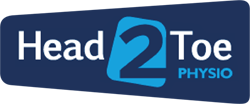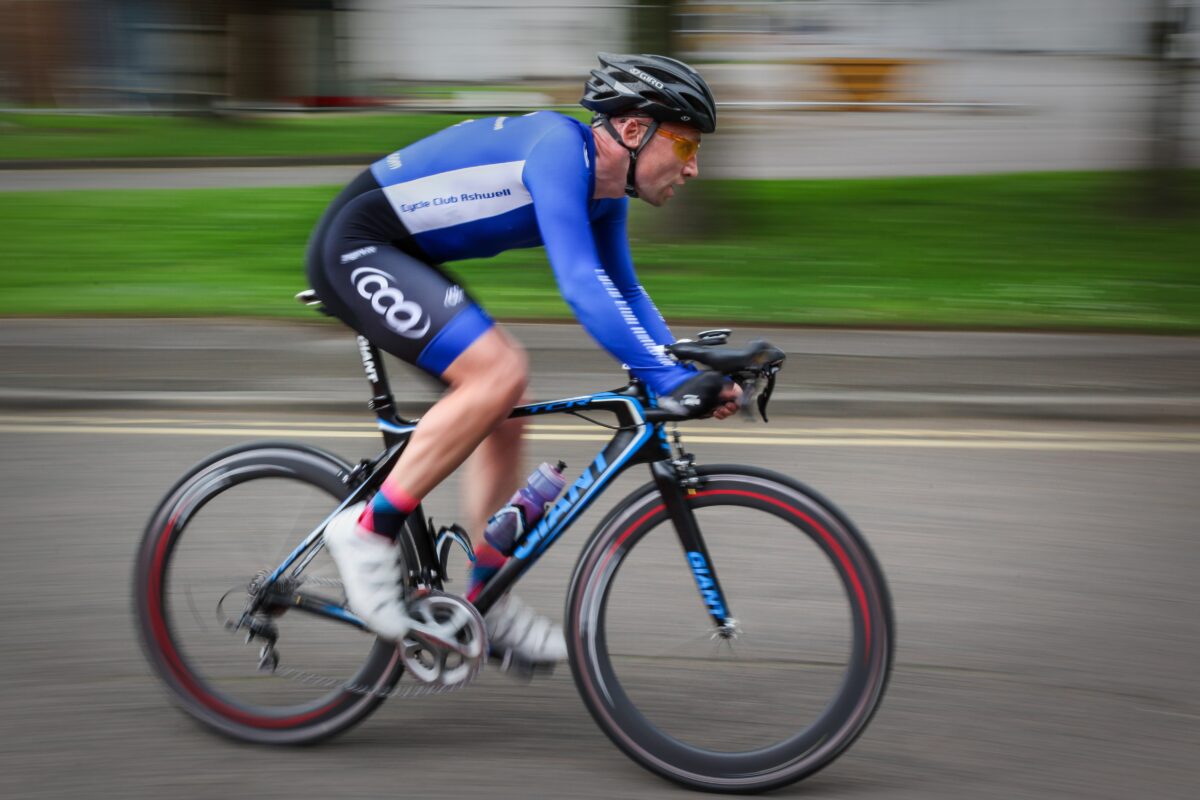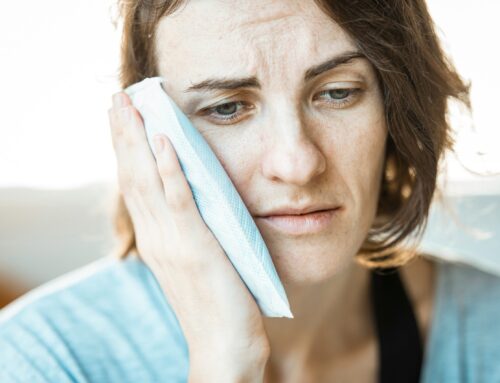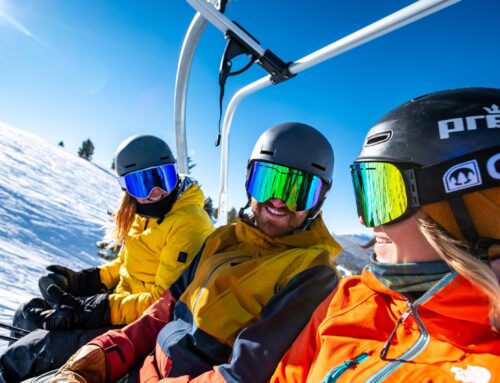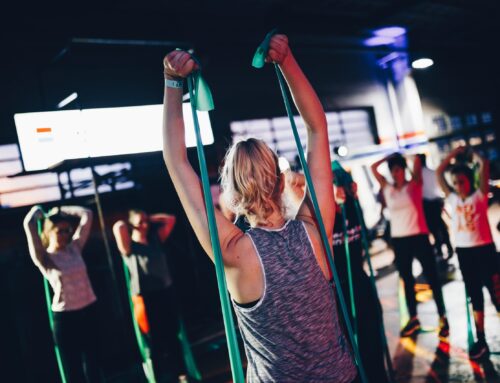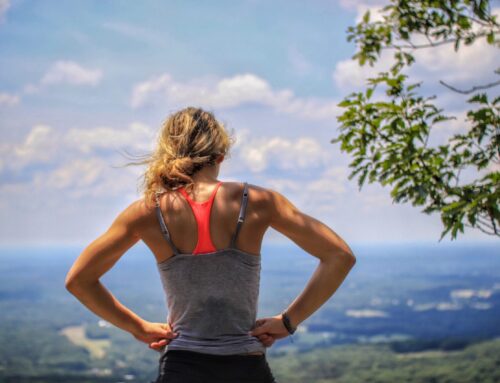Cycling – Why does my knee hurt?
Living and working in the Mole Valley area, means cycling and knee pain is one of the most common issues we get contacted about.
The patella is the kneecap and the Patellofemoral joint is where the kneecap articulates with the femur. Pains from the Patellofemoral joint are called Anterior Knee Pain (AKP) or Patellofemoral joint pain.
Cyclists are commonly troubled by pain at the front of the knee and at Head2Toe Physio we see a mix of road cyclists and mountain bikers with this problem.
Essentially the cause of the pain in cyclists can either be due to bike issues or body issues.
Body Issues
In a race cyclist, there are 3 main issues which can increase force through the kneecap.
The knee rests at about 30 degrees flexion with the pedal in the lowest position and about 110 degrees at the top of the pedal stroke. The forces going through the kneecap are enormous as the quadriceps contract to push the pedal down.
As the knee is extended and the moves towards the floor, the knee tends to move ever so slightly in a valgus or knock-kneed direction, towards the crossbar.
If the tibia (shin bone) rotates out when the knee extends, the femur (thigh bone) rotates in. This inward or medial rotation has also been shown to increase force through the kneecap.
Bike Issues
The three points of contact on a bike and the three bits of the bike most commonly adjusted, are the saddle, handlebars and pedals. Lots of studies have been done on the possible consequences of having a seat which is too high or too low.
Common injury risks with a high saddle position seem to be Iliotibial Band (ITB) pain, hamstring tendon pain and Anterior Cruciate Ligament (ACL) strain.
Low saddle position seems to be more likely to lead to AKP in particular patellofemoral joint pain.
Fitting
Most bike shops will now include fitting sessions before selling you a bike. It seems sensible to ensure you spend the time and maybe a bit more money seeing someone with good bike fitting qualifications and experience.
Alterations can be made to saddle height, saddle position (forward and backward), pedal and handlebar position.
Saddle height can have an effect on patellofemoral joint loading.
Saddle position can have the effect of moving the knee in front or behind the line of the pedal spindle. This alters the amount of knee bend and could have an effect on loading.
Pedal position, foot shape, shoes worn and cleats used should all be checked. Cleat systems almost always allow adjustment of forward/backward, side to side and rotation movements. All these can have an effect on loading through the kneecap.
Handlebar position is less important for the knee and in clinic the main problems we see with handlebar position are ones involving the neck. That’s another story for another blog post!
Treatment for Knee pain in cycling.
Consideration of bike issues is important to us at Head2Toe Physio. However, it’s our knowledge and experience dealing with the relevant body issues of cyclists that is where we really add value.
Assessment by our Physiotherapists at Head2Toe will highlight where there are tight structures, weak areas or unhelpful postures. Treatment focuses on improving these areas and ultimately helping you have a more comfortable ride!
If you or anyone you know is suffering from knee pain and would like to have a physiotherapy assessment with the team at Dorking , Leatherhead or Crawley , contact us here.
Asplund C, St Pierre P, Knee pain and bicycling. Fitting concepts for clinicians, The Physician and Sports Medicine, 2004, 32 (4).
Callaghan M, PAtellofemoral pain: A vicious cycle? In Touch, 2016, 154.
